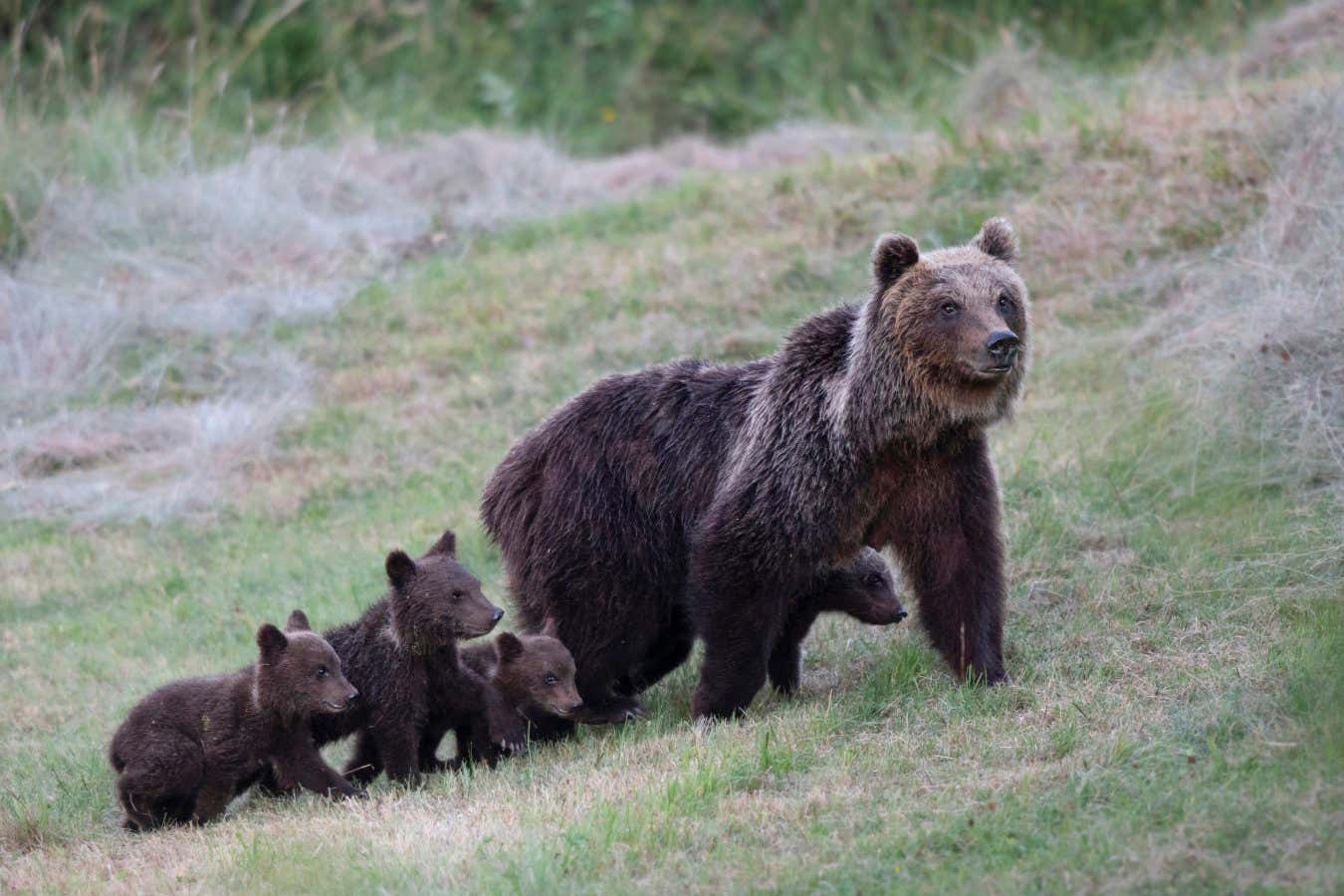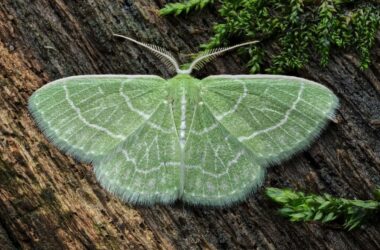The recent killing of a well-known wild bear named Amarena has sent shockwaves across Italy and once again brought into question the possibility of peaceful coexistence between humans and large carnivores.
On the night of August 31st, Amarena was roaming the streets of San Benedetto Dei Marsi in the Abruzzo region of Italy with her two cubs when she was shot and killed by a man who claimed he was protecting his chicken coop.
Amarena belonged to a critically endangered subspecies of the Eurasian brown bear known as the Marsican brown bear (Ursus arctos marsicanus). There are only about 60 of these bears left in existence and they are mainly found in the Abruzzo, Lazio, and Molise National Park, which is one of the wildest areas in Europe and located about an hour’s drive from Rome. The subspecies is threatened by poaching and collisions with cars and trains, which are the leading causes of death.
Typically, only three to four female Marsican bears reproduce each year, giving birth to a total of three to ten cubs. Amarena was the most prolific individual ever known, giving birth to four cubs in 2020, which is an unusually high number.
The Marsican bears are often spotted wandering around the small mountain villages in Abruzzo and are a popular attraction for tourists. However, for the safety of both bears and people, the national park and other institutions have made unsuccessful attempts to prevent them from approaching the villages.
According to Mario Cipollone, the co-founder of Salviamo L’Orso, a non-profit organization dedicated to saving the Marsican bear from extinction, the presence of wild animals in villages increases the risk of negative interactions with humans and accidents. Efforts to keep the bears out of the towns fail when some individuals intentionally lure them in for economic or selfish reasons.
A study conducted by Paula Mayer at ETH Zurich in Switzerland examined the coexistence of bears and humans in Abruzzo. Mayer used a mathematical model to map the areas where conflicts are more likely to occur. The study found that people’s attitudes towards bears vary widely, with more positive views in communities that benefit from tourism and more hostility in communities dependent on subsistence farming. The research also highlighted the importance of state investment, such as providing financial compensation for bear-related damages, in fostering positive attitudes towards wildlife.
While the model showed a high probability of coexistence in the area where Amarena was killed, indicating low threats to bears and high human tolerance, Mayer emphasizes that a model can never predict exact outcomes in reality.
The killing of Amarena has come as a surprise in a region that has often been held up as an example of successful coexistence between humans and large carnivores. Paula Mayer believes that true coexistence can only be achieved with a change in values, where the general population accepts wildlife in a shared landscape even without gaining any instrumental benefit.
Mario Cipollone asserts that there is a need for the state to prioritize the protection of nature and endangered species, invest in fostering knowledge and respect for biodiversity, and focus on preventing conflicts with large carnivores.
Topics:








